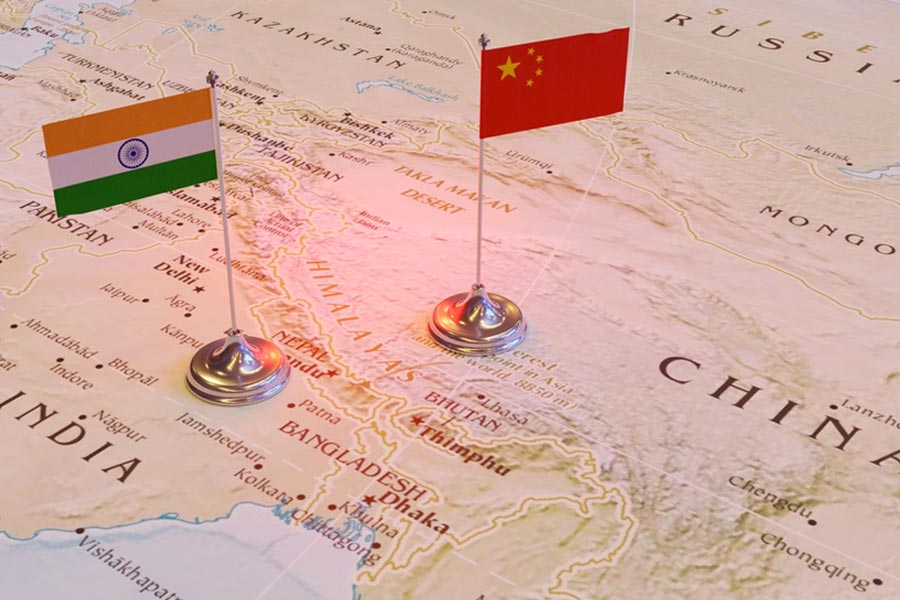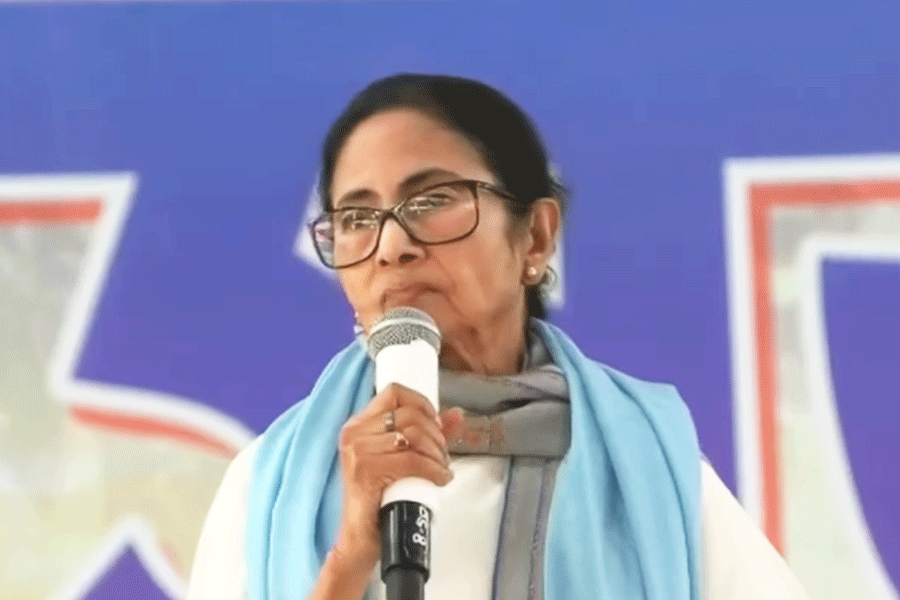The undercurrents of big-power politics and their possible fallouts have been a buzzword for long in the Northeast. The Myanmar crisis, following the February 2021 military coup, and, now, the regime change in Bangladesh bear fresh evidence of this.
These neighbourhood troubles could have come from internal contradictions. But the possibility of big-power interests as a causal factor should not be dismissed considering the strategic importance of this geography. Thant Myint-U had anticipated this (Where China Meets India: Burma and the New Crossroads of Asia) as also Bertil Lintner (China’s India War: Collision Course on the Roof of the World). Both inferred that Western powers would certainly have an interest here.
The region’s colonial history should provide reasons for this caution. Not everything in this game is what it appears to be. The case of the India-China border standoff at Doklam in Sikkim over a road China was building is illustrative. China claimed, citing an 1890 boundary treaty with the British determining Sikkim’s territorial extent, that the part of Doklam in which it was building the road belonged to it. The British did sign this treaty, and another, on trade concessions in Tibet, in 1893, but, interestingly, with China and not Tibet. Alastair Lamb has some answers to this in his two-volume The McMahon Line, A Study in Relations Between India, China and Tibet 1904-1914. In 1886, the British planned a trade mission to Lhasa led by the civil servant, Colman Macaulay. The Chinese, too weak to oppose the British, tried to dissuade this by saying that the Tibetans would oppose the plan, indicating their weak hold over Tibet.
The Macaulay mission was ultimately abandoned. However, unaware of this, the Tibetans sent a detachment to the Sikkimese village of Lingtu, which they claimed was theirs, to blockade “the main road from Darjeeling to the Tibetan border at the Chumbi Valley, along which Colman Macaulay was expected to travel,” writes Lamb. Despite appeals by the British, the Chinese did little. In 1888, Viceroy Dufferin authorised his troops to clear the blockade. Dufferin also became convinced that Tibet's affairs would be best dealt with Lhasa, not Peking. However, the 1890 and 1893 treaties were still signed with Peking, not Lhasa. Britain’s anxiety, Lamb reasons, was that entering into treaties with Tibet would give a seal to Tibetans entering into similar treaties with Russia. This anxiety prompted Britain to force the St. Petersburg Convention 1907 on Russia which was then on the back foot, having suffered a naval defeat at the hands of Japan in 1905. To ensure that Russia was kept away from Tibet, the treaty made it a condition for Britain and Russia to deal with Tibet only through China’s mediation.
But the British ended up tying themselves up in knots. During the Simla Conference of 1913-1914 to define the India-Tibet boundary, China had to be made a party. China walked out of the conference and the rest is history.
Dufferin’s successor, Lord Curzon, was hawkish and adopted the former’s doctrine of bypassing China in dealing with Tibet. When he became convinced that the 13th Dalai Lama was leaning towards Russia, he authorised the Francis Younghusband Mission to invade Tibet and force the Lhasa Convention 1904, virtually making Chumbi Valley, which includes Doklam, Indian territory. For Curzon, controlling Tibet was important for India’s security. He spells this out in his Romanes Lecture 1907 titled "Frontier". However, Morley was scornful of the approach and wrote in a letter to Minto that “these frontier men” cannot see the bigger picture.
If not for this shadow war, it is likely that Tibet and Sikkim would have remained as Bhutan has, making India’s Siliguri corridor's vulnerability quite different. Today, direct interventions by foreign powers are ruled out, but damages often come from the fallouts of these Cold Wars.
Pradip Phanjoubam is editor, Imphal Review of Arts and Politics










